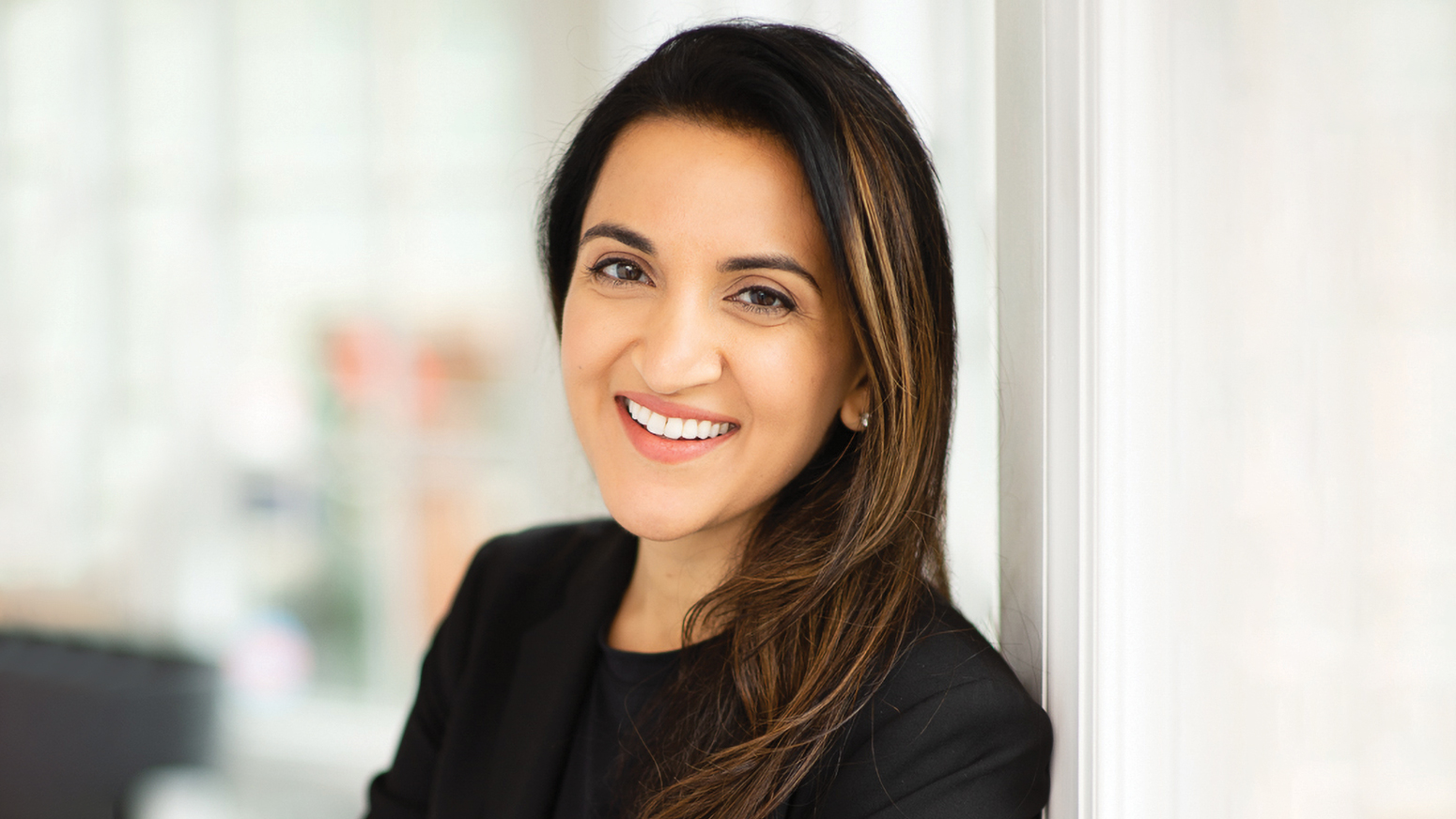Institutional Investor was proud to recognize leaders within the allocator community for their outstanding contributions to portfolio development at the second annual AlphaEdge Recognition Dinner. Prior to the event, we sat down with Nimisha Srivastava, CAIA, recognized in the category of Most Influential Women in Investment Management.
Nimisha has had a global career that has spanned the sell side and LP side. After she received a Bachelor of Science in Mathematics and Operations Research from Carnegie Mellon, she worked in sales and trading for Deutsche Bank, then pivoted to the institutional investment industry after her MBA from the MIT Sloan School of Management. She worked in various research and asset allocation roles at Segal Marco Advisors (formerly Segal Advisors); KAUST Investment Management Company, the investment management company for the King Abdullah University of Science & Technology and Universities Superannuation Scheme; and the £81 billion ($103 billion) pension scheme in the United Kingdom.
She has spent the last 10 years at WTW, which oversees over $4 trillion in AUA globally, and manages over $170 billion in assets under management. After running EMEA Research and later Global Credit Research, she turned to business leadership, sitting on the U.S. Management Committee and now overseeing the Investments business in North America from Charlotte, North America, a role she has held since January 2022.
The following has been edited for length and clarity.
What is the biggest challenge facing the industry today?
 The first thing that comes to mind is regulation and litigation, particularly in defined contribution, and that’s worrying to me as plan sponsors may be making decisions based on fear and not what is in the best financial interest of participants.
The first thing that comes to mind is regulation and litigation, particularly in defined contribution, and that’s worrying to me as plan sponsors may be making decisions based on fear and not what is in the best financial interest of participants.
On the not-for-profit side, there is also an element of not wanting to be different from peers, which means the asset allocation, the types of investment, are all gravitating towards a very similar model: That is dangerous and ultimately, employees and communities are the ones who are going to suffer unless there are real changes and bolder thinking at the leadership level.
What are you most excited about?
I am excited to be part of the solution to the many challenges we see. We take our responsibility as one of the largest investment consultants globally seriously, and we think about our discretionary business as a $170 billion+ asset owner. This has allowed us to innovate new solutions that are genuinely designed to create better outcomes for savers. One such example is LifeSight, our U.S.-pooled employer plan that launched in 2024 and is designed to give small- and medium-sized 401k plans access to best in class DC management (including better fees and wider opportunity sets), historically only reserved for the largest plans with scale.
From a portfolio side, I am most excited about alternative credit. We define it as the three C’s of credit – corporate, consumer and country; and having the right balance across three can create more resilient portfolios. Within each of these, you can be more liquid or less liquid, and within private credit, there is so much opportunity beyond just corporate direct lending. There are a dozen+ segments of the market that are truly underserved and this is where we are finding the most value, while not be as correlated to broader markets.
Who were your mentors, and what made you get into this industry?
My dad inspired me to get into the industry: He worked on Wall Street in the back office, and never got the opportunity to invest, which was his passion. He was proud of my entry into Wall Street; however, it was during the financial crisis that I saw him not only lose his job, but see his 401k assets essentially drop to zero, given the firm he was at. I thought there must be a better way to help people and that shifted my mindset to the institutional side.
If you weren’t in this industry, what would you be doing today?
There are so many answers to that. I would probably start a social investment enterprise, supporting the local growth of Charlotte while finding ways to close the wealth equity gap.
The other answer is open a bar, and there might be a way to combine the two!
If you could change one thing about the industry, what would it be?
I think everyone should look at the makeup of the investment decision making committees. The more diverse the thinking, backgrounds and perspective are, the bolder the decisions will be; and we have quantified real alpha from diversity in decision making. If you evolve this, I believe you will also have better thinking on longer term strategy, ESG and sustainability: Can you fix sustainability by fixing diversity first?
For more content of Investor Week, visit the group here.
To discuss the content of this article or gain access to like content, log in or request membership here.
